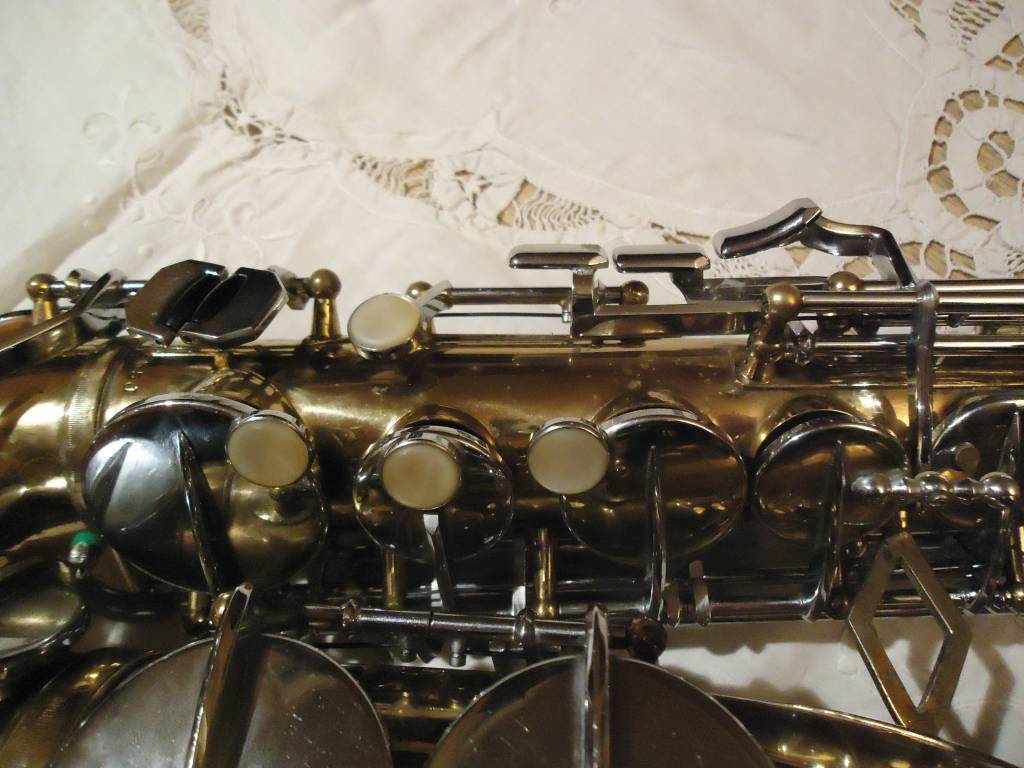

He had a brief stint with arranger Don Redman's band in 1938 and later in 1939-1940. In 1937, Byas moved to New York to work with the Eddie Mallory band, accompanying Mallory's wife, the singer Ethel Waters, on tour, and at the Cotton Club. He also played with Buck Clayton, Lorenzo Flennoy and Charlie Echols. He worked in Lionel Hampton's band at the Paradise Club in 1935 along with the reed player and arranger Eddie Barefield and trombonist Tyree Glenn. In 1933, he took part in a West coast tour of Bert Johnson's Sharps and Flats. He founded and led his own college band, Don Carlos and His Collegiate Ramblers, during 1931-32, at Langston College, Oklahoma.īyas switched to the tenor saxophone after he moved to the West Coast and played with several Los Angeles bands. Byas started playing in local orchestras at the age of 17, with Bennie Moten, Terrence Holder and Walter Page. Byas started his training in classical music, learning to play violin, clarinet and alto saxophone, which he played until the end of the 1920s.īenny Carter, who played many instruments, was his idol at this time. His mother played the piano, and his father, the clarinet. It's possible that Dolnet actually labelled these horns "Bel Air" for a few years, labelled them "Imperial" for a few years and then decided not to label them anything at all.Byas was born in Muskogee, Oklahoma. These horns are virtually identical to the Imperial model (listed below). Now, his sax MIGHT have languished in a shop for a good while, so we have to be very cautious about date! 1

My 395** tenor is probably younger by a year or two. My alto, which came from the same source, matches my tenor closely but again is not marked "Bel Air". He bought it new in Paris back in the late 40's (though he couldn't be certain exactly when).

a conversation I had with an old guy back a few years ago: he had a Bel Air tenor identical to mine, though of a slightly earlier ser. (Are critics talking about the same saxes here, or have I just been lucky in picking up three jewels?!)ĭating for the ser. It has highly detailed and painstakingly executed floral motifs - far more beautiful than my Selmers, Buffets or Conns. The sound is again very big, but beautifully mellow around middle D octave and arpeggio-work is very easy and fluid, though I have had a few pitch problems around upper A/B/C/C# emanating, I think, from tired crook corking.Įngraving is - contrary to what I read about them being plain 'belt and braces' saxes - quite exquisite. The action is very fast indeed, despite the quite oversized low B/Bb key-cups. My Belair alto matches the tenor quite precisely, with all the same keywork features except for the octave thumbrest which is black Bakelite or rubber, a straight-drawn collar at the crook-cork and a more conventional round crook ferrule. With this baby I use a Dukoff D7.ĭating is VERY vague but info.
#DOLNET SAXOPHONE BELAIR FREE#
The action is very free and fast, with a colossal lower end and a really juicy B/Bb.This sax just outroars my '68 VI AND easily equals my '75 VII - a great rock sax in its own right. Keywork is (apart from the superb Dolnet octave system) otherwise conventional.Įngraving is quite distinctive: elaborate concentric geometic scrolling, all emanating from what might be called a central 'cartouche' - I think the artist was strongly influenced by the patterns in the magnetic field! The overall effect is stunning. The crook-cork collar is rolled, like Selmer's. The LH thumb-rest is a round pearl, as are the centres on the geometric keyguards. It's a big bore sax with the typical hexagonal 'Art Deco' touches to the side keys, the crook ferrule and the C/Eb cluster. My Dolnet tenor is, I think, a Belair model, but in silver.


 0 kommentar(er)
0 kommentar(er)
